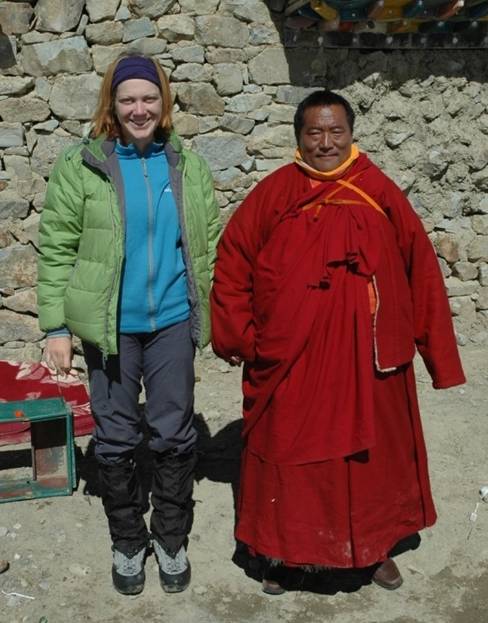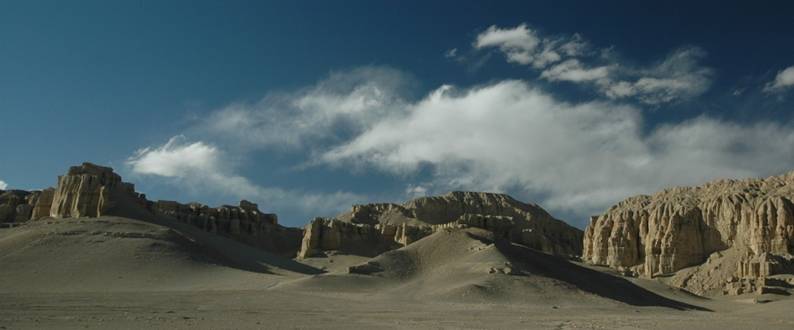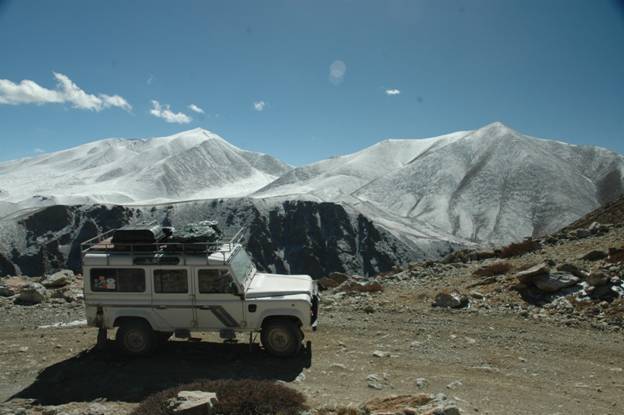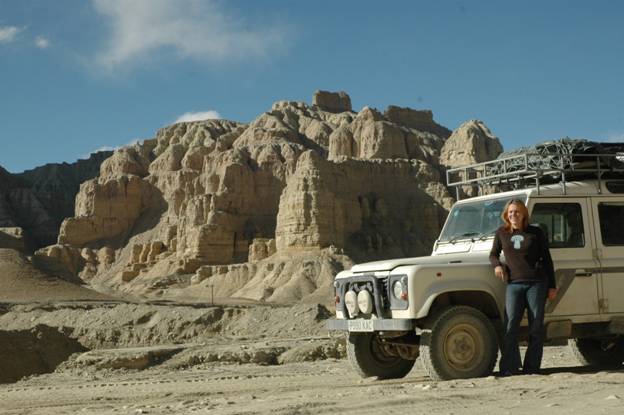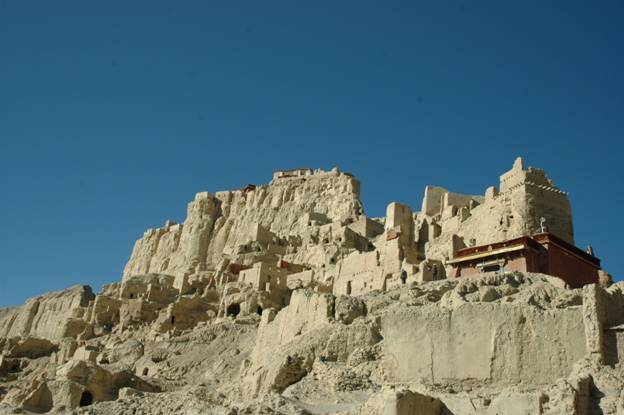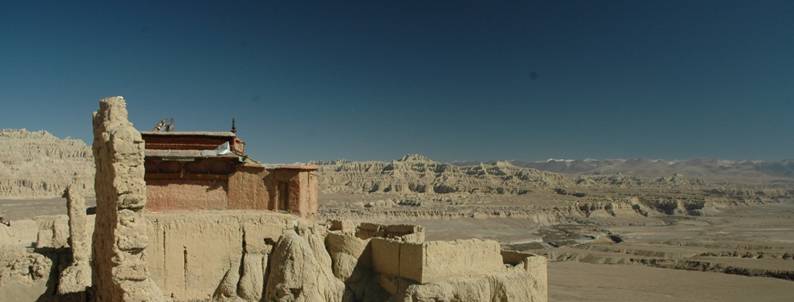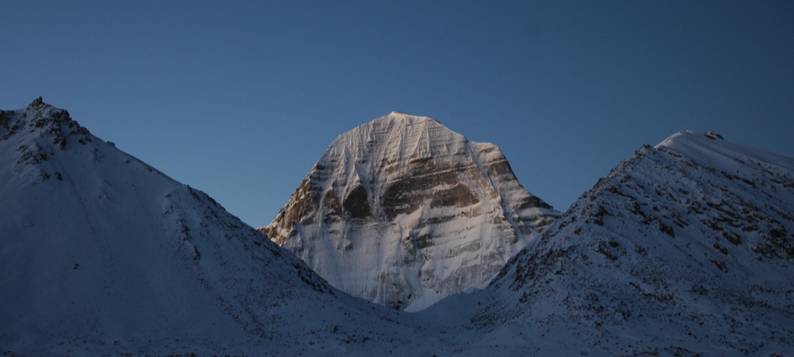
One of the events that we had built into our itinerary from an early stage was a Kora, or clockwise circumnavigation, of Mt Kailash, or Kang Rinpoche to Tibetans. An isolated pyramid of rock 7day’s tough driving from Kashgar and 5 from Lhasa, Mt Kailash is the spiritual epicenter of the universe and the most holy place on earth for Buddhists and Hindus. Kailash and neighboring Lake Manassarova are also home to the source of some of the great rivers of the Indian subcontinent, rivers that we hoped to see later in our journey: the Karnali (a tributary of the Ganges), Bramaputra, Indus and Sutlej rivers. It is finally also one of the most rewarding treks, and not just for its isolation and importance for so many pilgrims.
This was our aspiration, the reality was a little more complex.
We had hoped to spend the day before our trek doing a shorter hike at the foot of the Kora, however I woke up on the morning of that day with all the world blurred out of recognition outside a 6 inch range. Even a side journey to some local hot springs said to “cure blindness” did not bring the apparently astonishing scenery back into sharp relief.
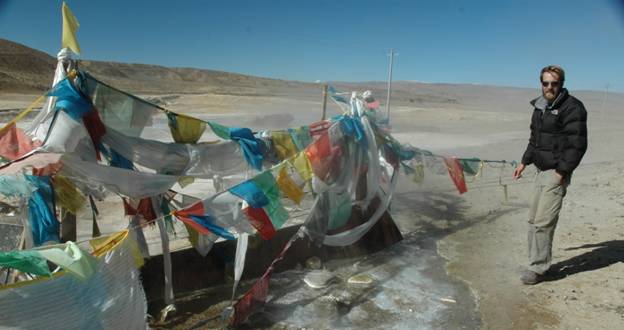
We are still not clear what caused this radical transition to short-sightedness, however both altitude and its cure (Diamox) were named as suspects following text-based-research with friends and family. This posed a dilemma as the Diamox was intended to ease us over the 5680m Dolma La pass, however I weaned myself off the drugs and consulted a local Tibetan doctor. His diagnosis was slightly elevated blood pressure and he prescribed a selection of what looked like dried rabbit poo in different sizes and shades to be taken three times daily. Whatever the cause or cure, my eyesight gradually returned as we started our trek, no doubt due to the Victorian cure of a little light exercise.
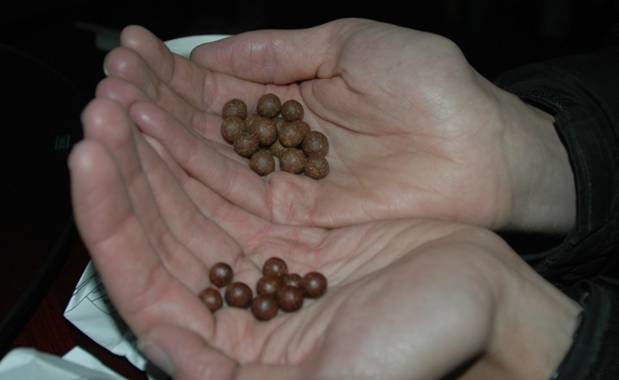
This was not our only obstruction. Our first conversations with locals in Dachen, or La Poubelle as a group of French hikers we met in the Guge Kingdom called it, were to try to dissuade us. October is a bitterly cold month to be crossing passes in Tibet and our arrival occurred only hours after a death due to hypothermia. Further conversations with a Beijing couple that had recently returned from the Kora reassured us that we were significantly better prepared and experienced than the unfortunate individual whom they had met and had offered to help when it became clear that he was in trouble. However the death had put the local police in a jumpy mood. That evening we heard that we were to be prevented from doing the Kora and it was only by telling the police that we had driven from England with this aim in mind that we were allowed to trek, accompanied by a Tibetan guide, to the Dira-puk Monastery at the foot of the main pass. Of course this decision was overtly made with our safety in mind, however this exception made for foreigners was insulting for us and derided by the other Chinese guides and hikers that we met.
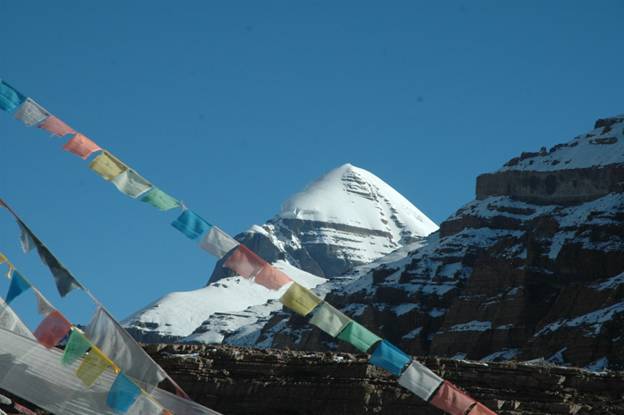
In reality our trek in the next two days was to be some of the most wonderful winter hiking we have done with beautiful clear skies and a few inches of hard pack snow underfoot. During the days the sun made up for the freezing conditions while during the night we had already developed means to cope with sleeping in a freezer. Even the altitude, although starting to show as we reached the monastery at close to 5000m, was hard to discern from the general exhaustion we felt as we raced to keep up with our Tibetan guide in his pinstripe slacks, pink balaclava and trainers.
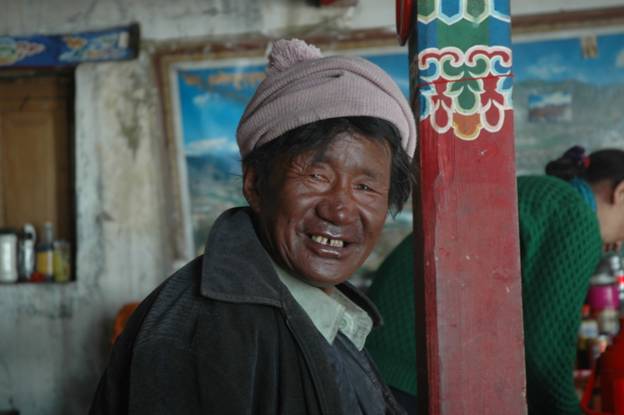
During the trek we were accompanied by astonishing views of the South, West and Northern faces of Mt Kailash itself, paid homage to by monasteries, cairns and prayer flags in religiously and scenically strategic positions. We were also accompanied by 4 Tibetan mastiffs: about the size of a very fluffy Labrador, these dogs have a fearsome reputation that we never experienced firsthand, instead enjoying their company all the way to the monastery. The one company we did not have was other people, meeting only two other Tibetan pilgrims on our trek, it being decidedly out of season.
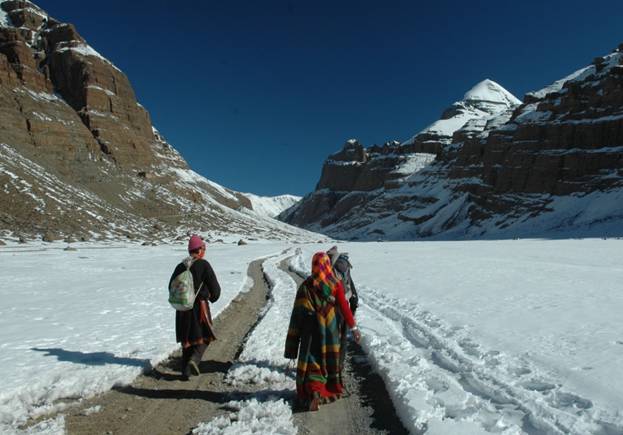
We spent our night in the monastery guest house. Having arrived early and in high spirits we made an attempt to persuade our guide to continue to the full Kora the following day. However he had been well instructed before our departure and as we sat and snoozed in the sunshine of the guest house common room we started to have second thoughts. We had come well prepared, however our experience did not feel half-hearted and we had to admit that to complete the 52km would be extremely challenging. Not least because we would have to achieve this distance in 2 days, rather than the usual 3, if we were to fool the local police and avoid potential fines for us and worse repercussions for our Chinese and Tibetan guides.
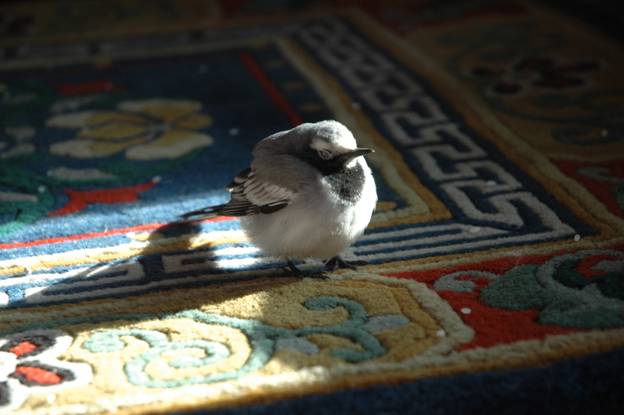
In the end we spent the night in the company of monks, other monastery employees and pets that flew in at the guest house and took a tour of the monastery before our trek back down the mountain. As we walked up to the monastery we were greeted by the sound of conch shells and singing as the monks sent off their lama on a trip back down into the valley. We intercepted the Lama by accident and while our guide received the traditional Tibetan greeting we were shaken warmly by the hand. After touring the tiny monastery, its religious and personal rooms, we were rapidly dragged back down the route we had come by an apparently over-eager guide.
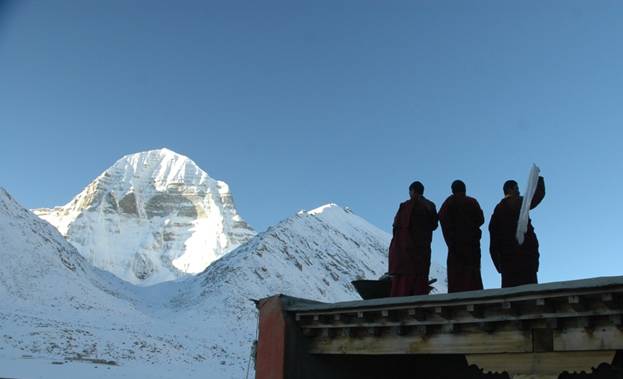
Whatever the reason, our guide set up a furious pace and we soon made up the hour’s advantage that the Lamas party had on us. Rather than overtake, our guide decided to join the procession and we spent the next 2-3hours in the company of the Lama on his pony, his luggage on another and a number of monks and friends we had met the night before. We probably made a bizarre and colourful sight.
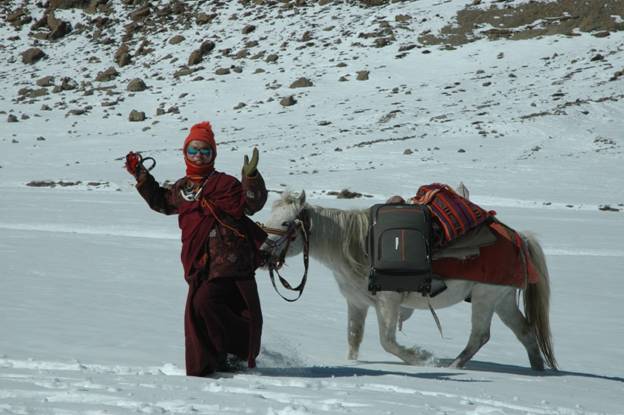
After lunch, sharing our dried apricots in return for Tibetan barley bread, a sort of thin, unseasoned pitta, and having our pictures taken with the Lama we were invited to join him for a final 4x4 trip down the last stretches to Dachen. We did not quite make it to the boundary of the village as for the Lama to give a lift to foreigners would apparently be frowned on by officials, although which officials and why was never explained.
We walked the last few hundred yards from behind a low rise back to our guest house feeling that we had extracted a great deal more than we had hoped from the experience.
